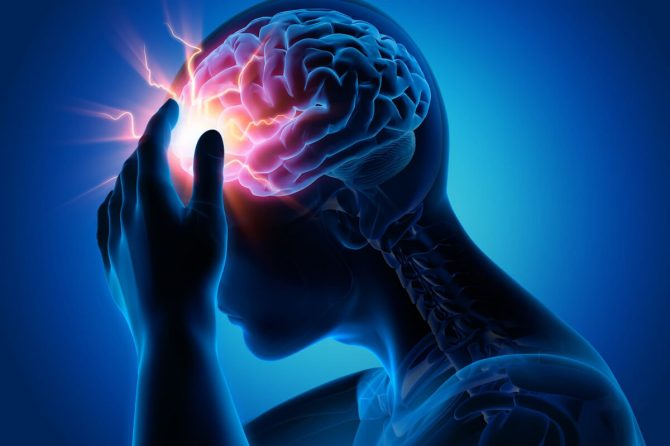
Types of Seizures and Their Symptoms
Seizures are sudden and uncontrolled electrical disturbances in the brain that can cause changes in a person’s behavior, movements, feelings and levels of consciousness. When a person has two or more seizures or recurrent seizures, they are known to have epilepsy.
Different types of seizures will range in severity and where and how they start in the brain. Most often, seizures will last from 30 seconds to two minutes – a seizure that lasts for more than five minutes is classified as a medical emergency. In most cases, seizure disorders can be controlled with medication, but the management of them will have a drastic impact on your life. Licensed neurologists at GNC Dubai are able to quickly determine any underlying causes of seizures and can help you come up with a lifestyle pain to manage future episodes.
Types of Seizures
Seizures are classified into two groups.
- Generalized seizures are known to affect both sides of the brain and have different types:
- Absence seizures, also known as petit mal seizures, cause rapid blinking or makes people stare into space.
- Tonic-clonic seizures, also known as grand mal seizures, can result in people crying, losing consciousness, falling down or having muscle spasms. After a tonic-clonic seizure, many patients report feeling tired.
- Atonic seizures, also known as drop seizures, causing a loss of muscle control and results in the person falling down or collapsing.
- Clonic seizures typically result in repeated or jerking muscle movements and usually affects the neck, face and arms.
- Tonic seizures cause muscles to stiffen and usually affects the back, arms and legs.
- Myoclonic seizures usually appear as sudden, short jerks or twitches of the arms and legs.
- Focal seizures are located in just one part of the brain and are also known as partial seizures. They can occur with or without loss of consciousness and have three main types:
- Simple focal seizures. These will affect just a small part of the brain but can cause twitching or changes in taste or smell, and you may experience feeling dizzy or seeing flashes of light. You may not lose consciousness but you may feel nauseous.
- Complex focal seizures. These tend to make an epileptic person dazed and confused. They may be unable to respond to questions for a few minutes. Complex focal seizures occur in the part of the brain that controls memory and emotion.
- Secondary generalized seizures. These start in one part of the brain but can spread to both sides. These can also cause similar physical symptoms to that of generalized seizures.
Common signs and symptoms tend to range from mild to severe, these include:
- Staring into space
- Confusion
- Uncontrollable jerking movements of the arms and legs
- Loss of awareness
- Loss of consciousness
- Fear, anxiety or deja vu (cognitive and emotional symptoms)
Doctors will generally classify seizures as focal or generalized based on where the abnormal brain activity is detected. If doctors are unable to identify how the seizure began, they may classify this as an unknown onset seizure.
It’s important to understand that while epilepsy is a common cause of seizures, it is not the only one. Patients can also have a seizure from:
- Infections such as meningitis
- Lack of sleep
- Low blood sodium
- Medications such as pain relievers or antidepressants
- Head injuries that cause internal bleeding
- Strokes
- Brain tumors
- Excessive use of drugs, amphetamines and alcohol

